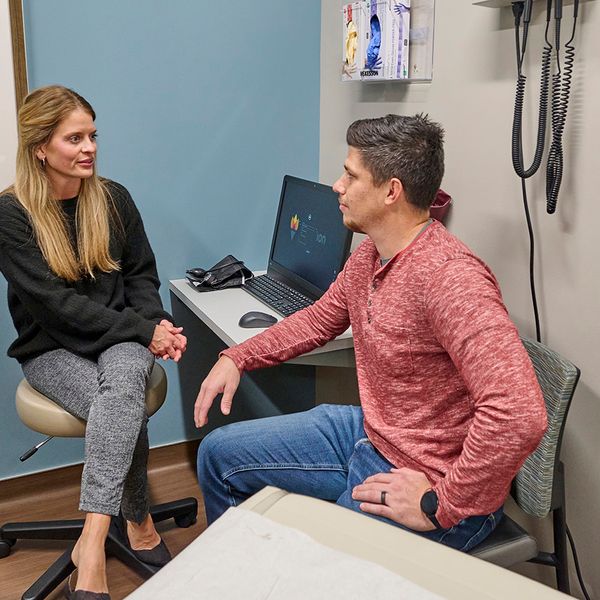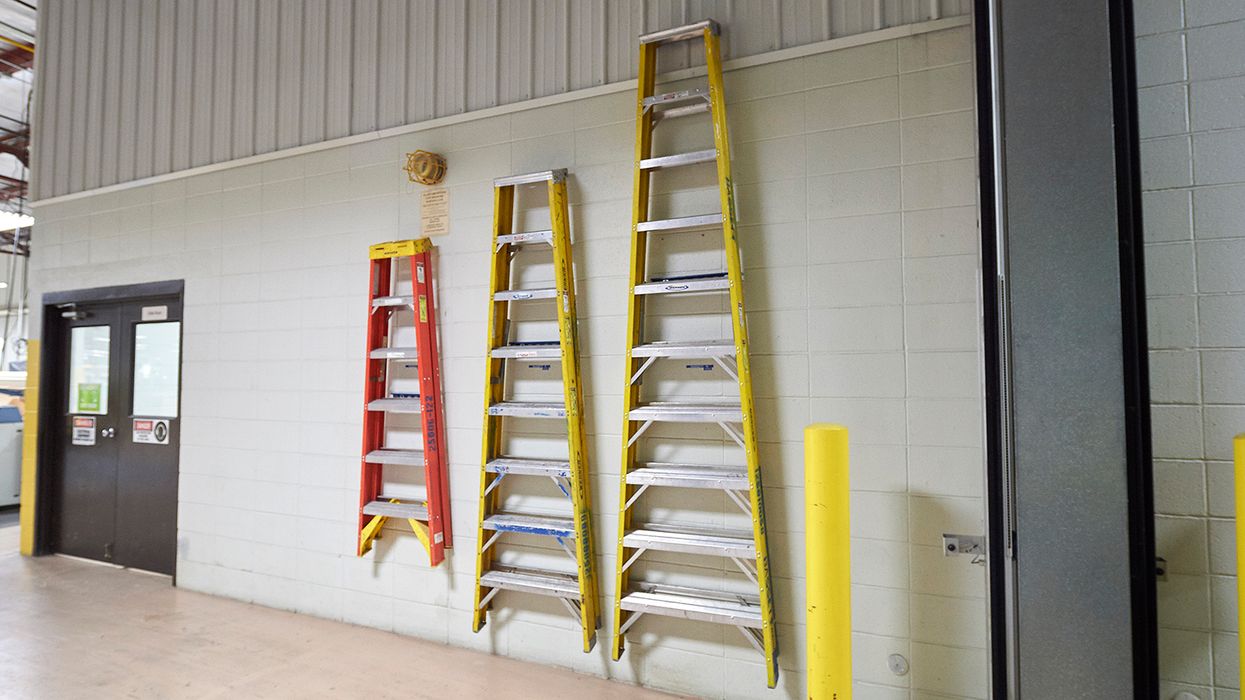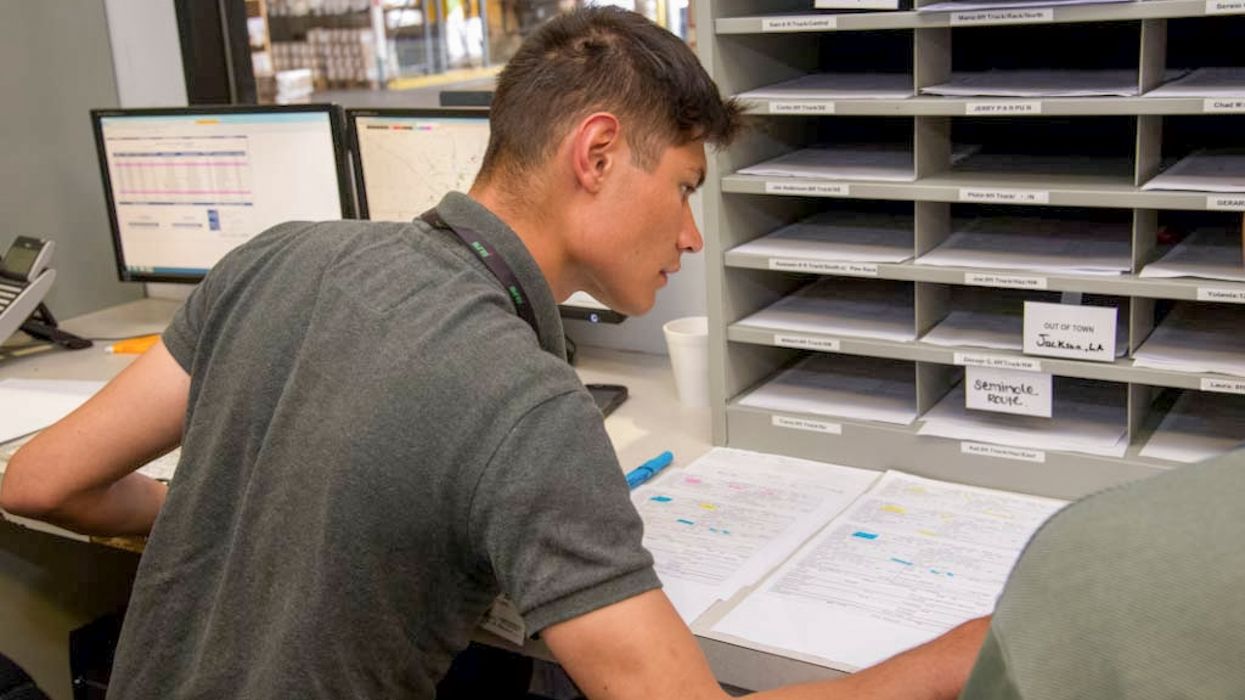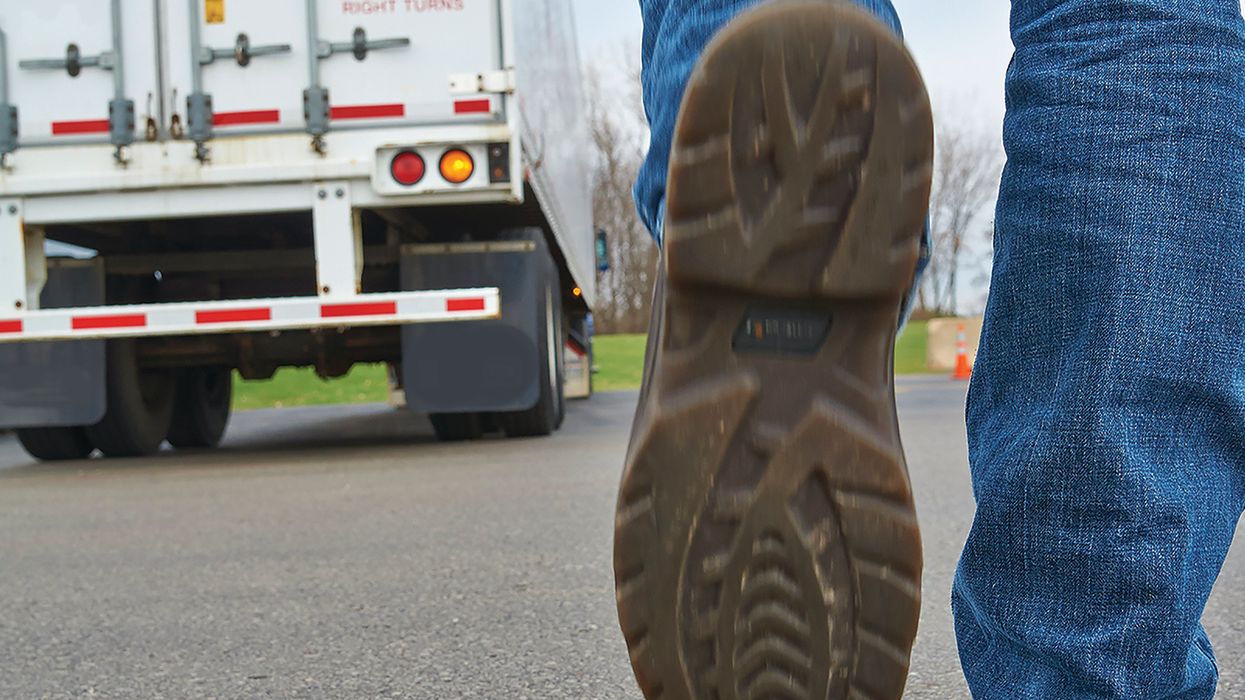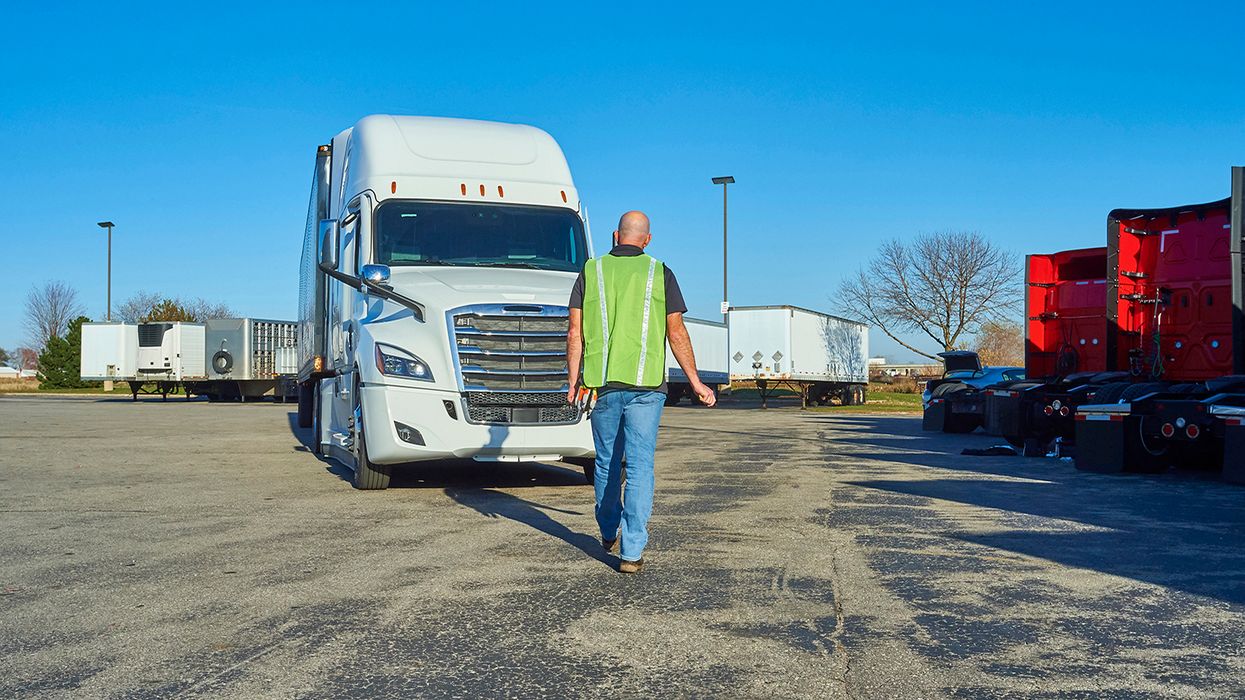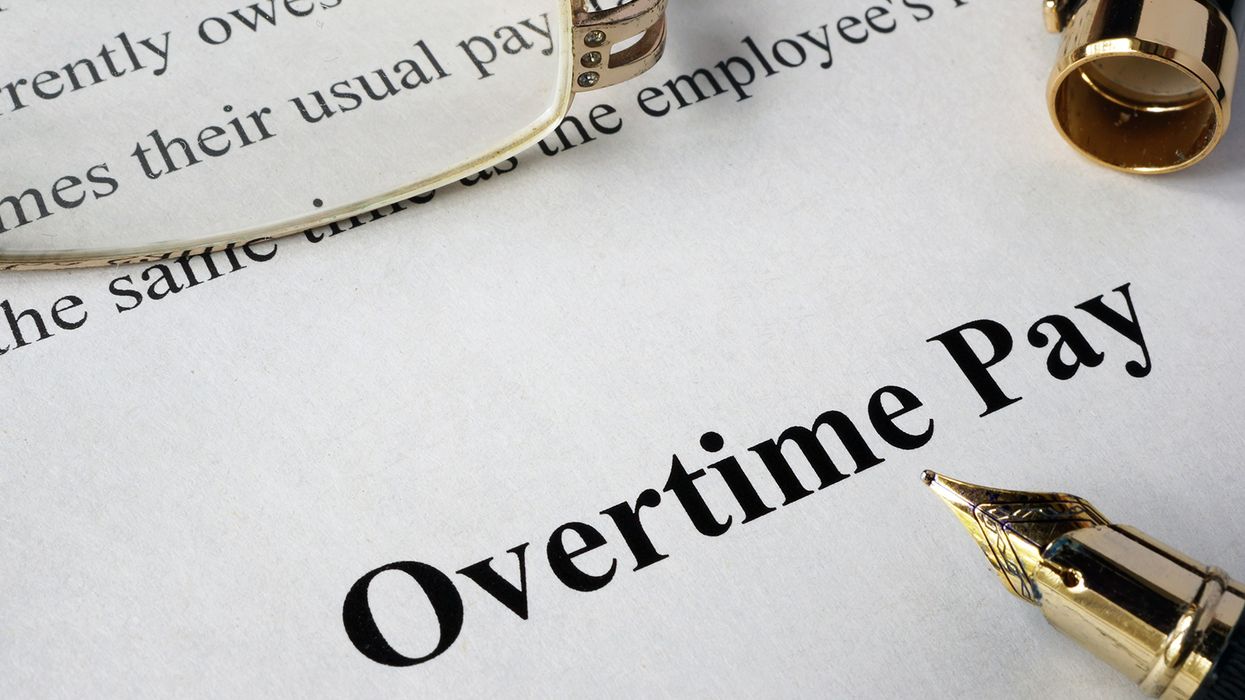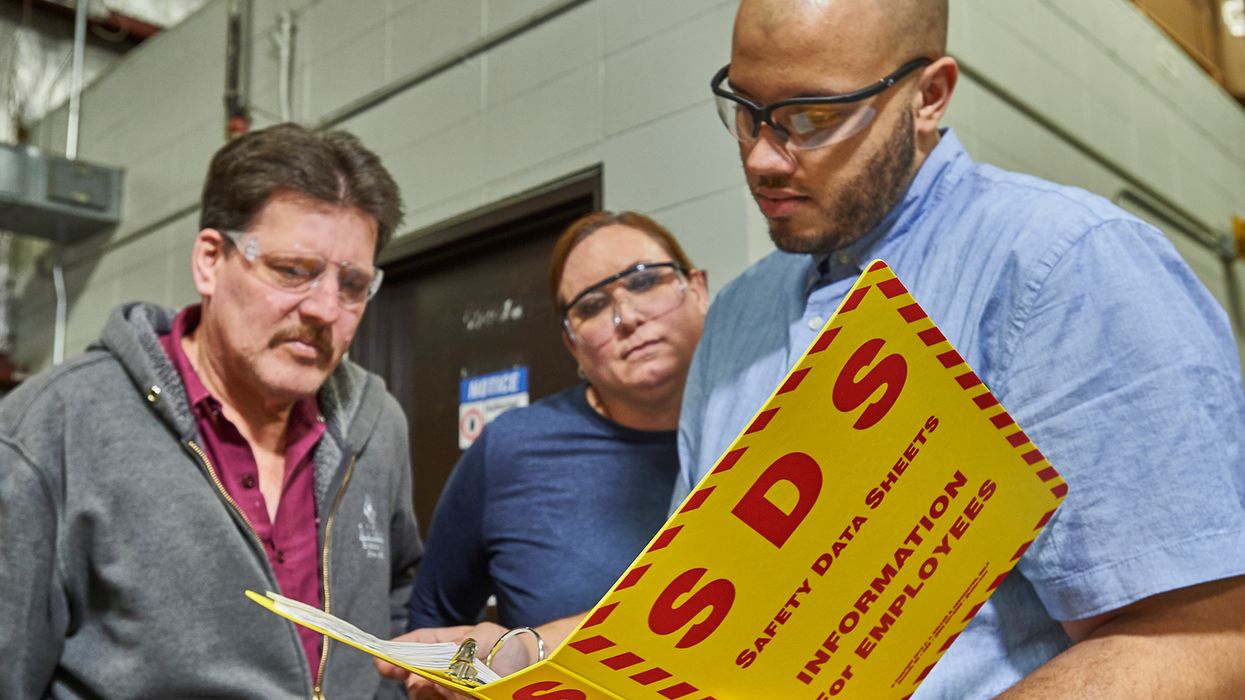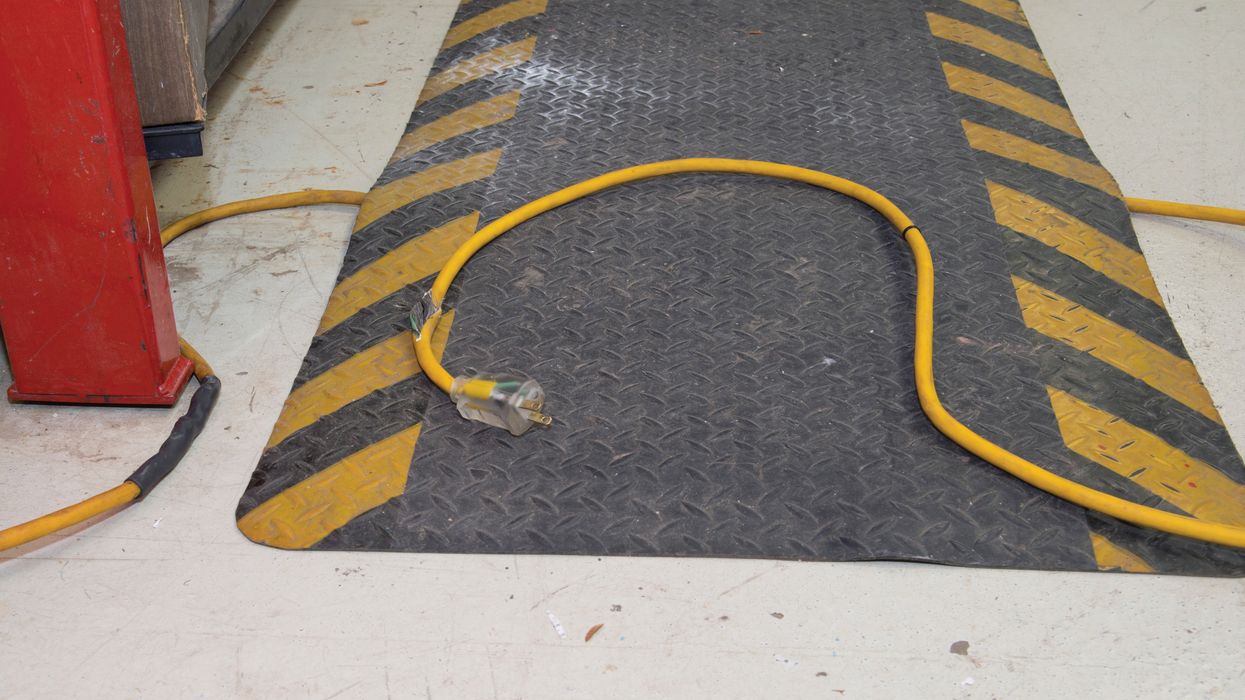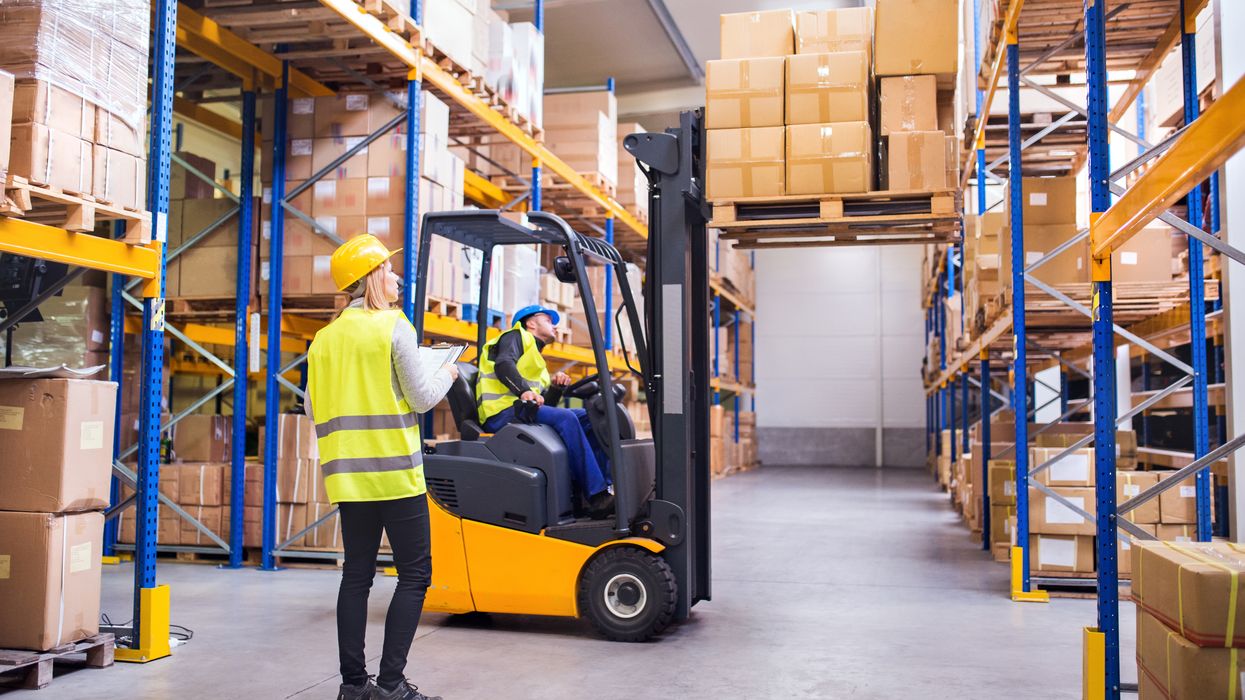Healthy workers are safe and productive
A jobsite stretch-and-flex program can help reduce worker injuries. A successful wellness program can:
- Lower absenteeism and disability claims;
- Reduce workplace accidents and workers’ compensation claims;
- Lower worker training costs due to reduced turnover;
- Increase worker morale, team building, and productivity; and
- Reduce lost work time due to worker illness.
Successful stretching programs can go beyond just stretching and educating workers about unhealthy lifestyle choices and correcting harmful behaviors. Healthy workers can better focus on their jobs, surroundings, and what they’re doing at work. Stretching readies workers’ muscles and bodies for work. As such, a jobsite stretch-and-flex program can be good for the company and good for workers.
How do you start a stretch-and-flex program?
If you already have an established stretch-and-flex program, find ways to keep it interesting, so workers continue participating. Mix it up, try new things, and solicit worker input to generate new ideas. In addition to developing new stretching techniques, repeat stretches that are easy to perform and popular. If you don’t have one in place and don’t have much money in your budget for one, you can start small with simple communication, education, and training programs.
Programs don’t have to focus solely on stretching. You could offer stress management, drug and alcohol abuse counseling or resources, sleep disorder information, and discuss other safety-related topics such as ergonomics. Programs that aim to improve physical and mental health generally form the foundation of stretch-and-flex programs because the most common issues among workers tend to be poor diet, lack of exercise, and stress.
Other ideas include:
- Providing toolbox talks on health topics through jobsite lunch talks. These were always popular on my past jobs. We’d get a trailer-sized grill and cook burgers, hotdogs, and chicken to get everyone’s attention;
- Placing healthier alternatives in your vending machines;
- Providing healthy recipes to workers; and
- Forming teams and holding contests to see which team can lose the most weight or gain the least, especially if it’s a long-term job and workers are on the road, away from their home.
How do you measure success?
While most companies believe that measuring program success is important, most simply don’t know how to do it. Most employers cite insufficient resources as a barrier, while not knowing how to measure success, and measurement not being a management priority as reasons that companies don’t gauge wellness outcomes.
The bottom line is that stretch-and-flex programs do stand to deliver a considerable return; however, success is not automatic. Jobsites must understand that the desired results may take time to see and that the program will likely require regular assessment and adjustments. Of course, companies that don’t measure program effectiveness will be hard-pressed to make appropriate adjustments.
While most companies share the long-term wellness goals of reducing health care costs, increasing productivity, and reducing absenteeism, it may be a project’s focus on short-term goals that lead to a program that truly pays off. For instance, in the first year of a stretch-and-flex program, management might focus on participation only and might introduce more ambitious goals of decreasing healthcare costs or serious health conditions among workers later.
Take steps in the right direction
More companies are encouraging healthier behavior and lifestyles among workers. Stretching programs can help maintain a safe and productive workforce. Every program should target these muscles areas:
- Neck;
- Chest;
- Arms, shoulders, and rib cage;
- Back and hips;
- Wrists; and
- Legs.
If workers can’t perform stretches in place, identify sturdy objects they can lean against while stretching. Many stretches can even be performed from a sitting or kneeling position. Remind workers to breathe while they are stretching and to stretch gently. They should go easy at first and stop if pain occurs.
Key to remember: A main goal of your stretch-and-flex program should be to get your workers to start moving and taking steps toward better health.





